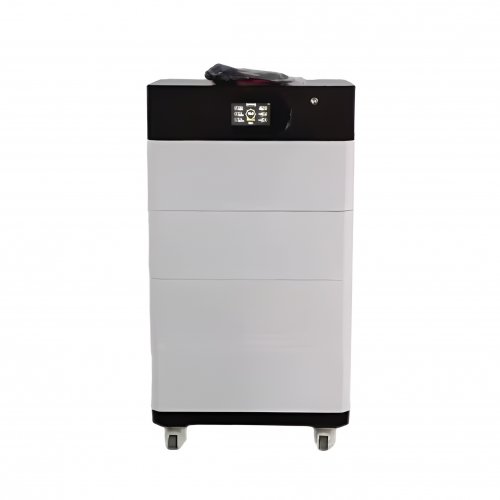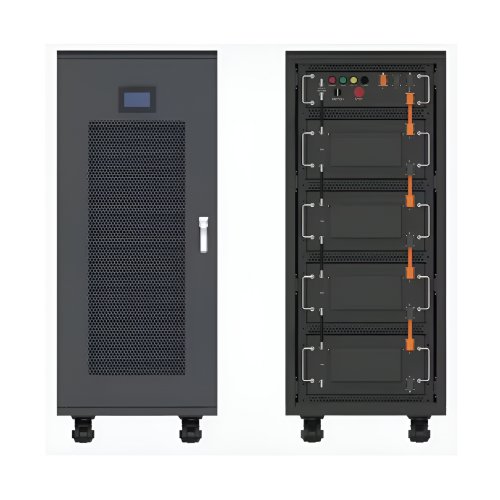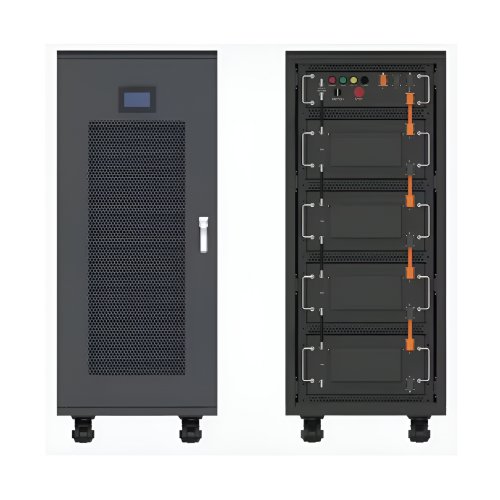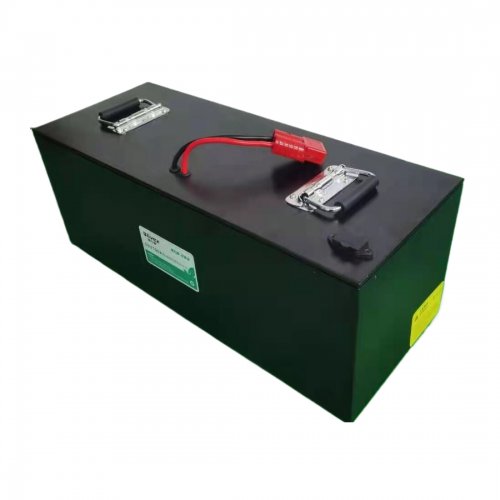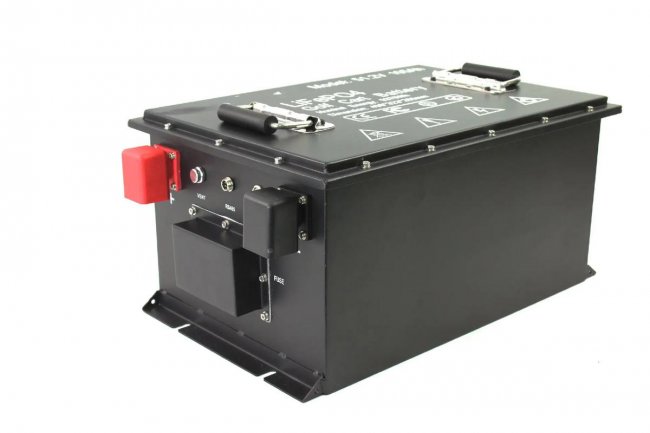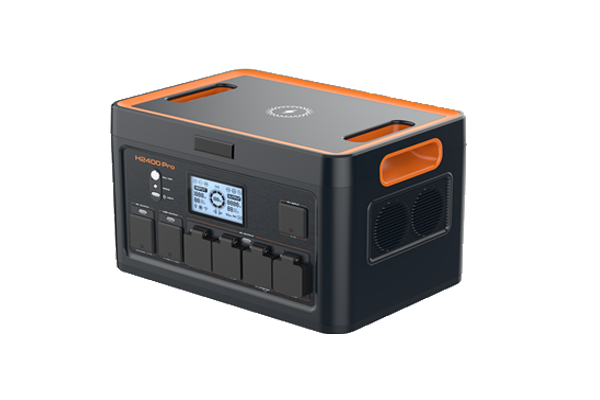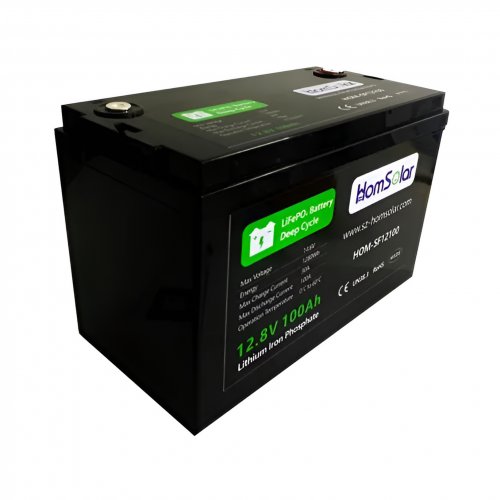Regulations News: Navigating The Global Surge In Financial Compliance And Technology Integration
The global financial services industry is currently navigating a period of unprecedented regulatory transformation. A confluence of factors—from the rapid ascent of digital assets and artificial intelligence to heightened geopolitical tensions and a renewed focus on climate-related risks—is compelling regulators worldwide to draft, debate, and deploy a new generation of complex rules. For financial institutions, this is not merely a matter of incremental compliance updates but a fundamental reshaping of the operational landscape, demanding significant investment, strategic foresight, and technological adaptation.
Latest Industry Dynamics: A Multi-Front Regulatory Onslaught
The regulatory agenda is more crowded and interconnected than ever. Several key developments are currently dominating boardroom discussions and compliance department resources.
First, the digital asset ecosystem, long operating in a regulatory grey area, is facing its moment of legal reckoning. In the United States, the Securities and Exchange Commission (SEC) has intensified its enforcement actions, explicitly asserting that many cryptocurrencies qualify as securities and fall under its existing jurisdictional umbrella. Concurrently, the European Union’s landmark Markets in Crypto-Assets (MiCA) regulation is set to become fully applicable, establishing a comprehensive, harmonized framework for crypto-asset service providers across its member states. This represents a significant shift from a patchwork of national rules to a unified regulatory approach, aiming to foster innovation while ensuring investor protection and financial stability.
Second, the operational resilience of financial institutions has been propelled to the top of the regulatory priority list. Incidents ranging from large-scale cyberattacks to IT outages at major banks have demonstrated the systemic risk posed by technological failures. In response, regulators like the UK’s Prudential Regulation Authority (PRA) and the Federal Reserve in the U.S. are finalizing stringent rules requiring firms to set tolerance levels for disruptive events, ensure critical business services can remain operational, and comprehensively test their response capabilities. The focus has expanded beyond mere cybersecurity to encompass third-party risk management, especially concerning reliance on a handful of large cloud service providers.
Third, Environmental, Social, and Governance (ESG) and climate-related disclosures are transitioning from a voluntary commitment to a mandatory reporting obligation. The EU’s Sustainable Finance Disclosure Regulation (SFDR) and the Corporate Sustainability Reporting Directive (CSRD) are leading the charge, creating a complex web of disclosure requirements. Meanwhile, the International Sustainability Standards Board (ISSB) has finalized its inaugural standards, which are expected to serve as a global baseline, influencing regulatory developments in over a hundred jurisdictions. The challenge for firms is not only in data collection but in avoiding allegations of "greenwashing," making data integrity and auditability paramount.
Trend Analysis: The Convergence of Compliance and Technology
The sheer volume and complexity of these new regulations are catalyzing a fundamental trend: the deep integration of technology into the compliance function. The era of manual processes and siloed data is ending.
A primary trend is the accelerated adoption of Regulatory Technology (RegTech). Financial institutions are increasingly deploying sophisticated software solutions that leverage artificial intelligence and machine learning to automate monitoring, reporting, and risk assessment tasks. Natural Language Processing (NLP) algorithms are being used to scan and interpret thousands of pages of new regulatory text from across the globe, identifying obligations relevant to a specific firm. Machine learning models are enhancing transaction monitoring systems to detect complex, non-obvious patterns of financial crime with greater accuracy, reducing false positives and improving efficiency.
This leads to a second, more profound trend: the rise of the data-centric compliance model. Regulations like MiCA and the various ESG frameworks are fundamentally about data transparency. Firms are being forced to break down internal data silos and create unified, high-quality data repositories. Compliance is no longer solely the responsibility of a dedicated department; it requires collaboration between legal, risk, IT, and business units to ensure data is captured accurately at the source, managed effectively, and reported correctly. The ability to demonstrate robust data governance is becoming as important as the compliance outcome itself.
Furthermore, a trend towards greater global regulatory divergence is emerging alongside efforts at harmonization. While the ISSB aims for global alignment on sustainability, its implementation will vary by country. Similarly, the U.S. and EU are taking distinctly different philosophical approaches to regulating digital assets and big tech. This creates a significant challenge for multinational financial institutions, which must navigate conflicting or overlapping rules, manage subsidiary-level compliance in different jurisdictions, and make strategic decisions about where to operate and offer products.
Expert Views: Balancing Burden and Opportunity
Industry experts acknowledge the challenges while also pointing to potential strategic benefits.
"Firms are facing a perfect storm of regulatory change," says Anya Sharma, a partner at a global consulting firm specializing in financial services regulation. "The cost of compliance is undeniably rising, and the talent required to manage these complex, technology-driven programs is scarce and expensive. The key differentiator will be which firms view this as a purely defensive cost center and which see it as an opportunity to enhance their operational infrastructure and build trust."
On the technological front, Dr. Ben Carter, a RegTech thought leader, emphasizes a shift in mindset. "AI in compliance is not about replacing humans; it's about augmentation. The most successful implementations are where AI handles the high-volume, repetitive tasks—like screening or monitoring—freeing up skilled compliance professionals to focus on higher-value analysis, investigation, and strategic advisory roles. The goal is a symbiotic relationship between human expertise and machine efficiency."
However, others caution against moving too quickly. "There is a risk of 'automation bias,' where firms become over-reliant on algorithms without fully understanding their limitations or maintaining adequate human oversight," notes Professor Linda Lee, a financial law scholar. "Regulators themselves are playing catch-up. We are beginning to see draft guidance on the responsible use of AI in financial services, but the regulatory framework for supervising these complex systems is still in its infancy. This creates an element of uncertainty for early adopters."
In conclusion, the current wave of financial regulations represents a paradigm shift. It is driving the industry toward greater transparency, resilience, and accountability but at a significant cost and operational complexity. The institutions that will thrive in this new environment are those that proactively integrate compliance into their strategic planning, harness technology not just for efficiency but for deeper insight, and cultivate a culture of adaptability to navigate the uncertain and divergent regulatory road ahead. The era of static compliance is over; dynamic, intelligent, and integrated regulatory engagement is the new imperative.
Customized/OEM/ODM Service
HomSolar Supports Lifepo4 battery pack customization/OEM/ODM service, welcome to contact us and tell us your needs.


HomSolar: Your One-stop LiFePO4 Battery Pack & ESS Solution Manufacturer
Our line of LiFePO4 (LFP) batteries offer a solution to demanding applications that require a lighter weight, longer life, and higher capacity battery. Features include advanced battery management systems (BMS), Bluetooth® communication and active intelligent monitoring.

Customised Lithium Iron Phosphate Battery Casing
ABS plastic housing, aluminium housing, stainless steel housing and iron housing are available, and can also be designed and customised according to your needs.

HomSolar Smart BMS
Intelligent Battery Management System for HomSolar Energy Storage System. Bluetooth, temperature sensor, LCD display, CAN interface, UART interface also available.


Terminals & Plugs Can Be Customized
A wide range of terminals and plugs can be customised to suit the application needs of your battery products.

Well-designed Solutions for Energy Storage Systems
We will design the perfect energy storage system solution according to your needs, so that you can easily solve the specific industry applications of battery products.



About Our Battery Cells
Our energy storage system products use brand new grade A LiFePO4 cells with a battery lifespan of more than 4,000 charge/discharge cycles.



Applications in Different Industries
We supply customized & OEM battery pack, assemble cells with wiring, fuse and plastic cover, all the cell wires connected to PCB plug or built BMS.
Applications: E-bike, Electric Scooter, Golf Carts, RV, Electric Wheelchair, Electric Tools, Robot Cleaner, Robot Sweeper, Solar Energy Storage System, Emergency Light, Solar Power Light, Medical Equipment, UPS Backup Power Supply.
We can provide you with customized services. We have the ability to provide a vertical supply chain, from single cells to pack/module and to a complete power solution with BMS, etc.


HomSolar (Shenzhen) Technology Co., Ltd







